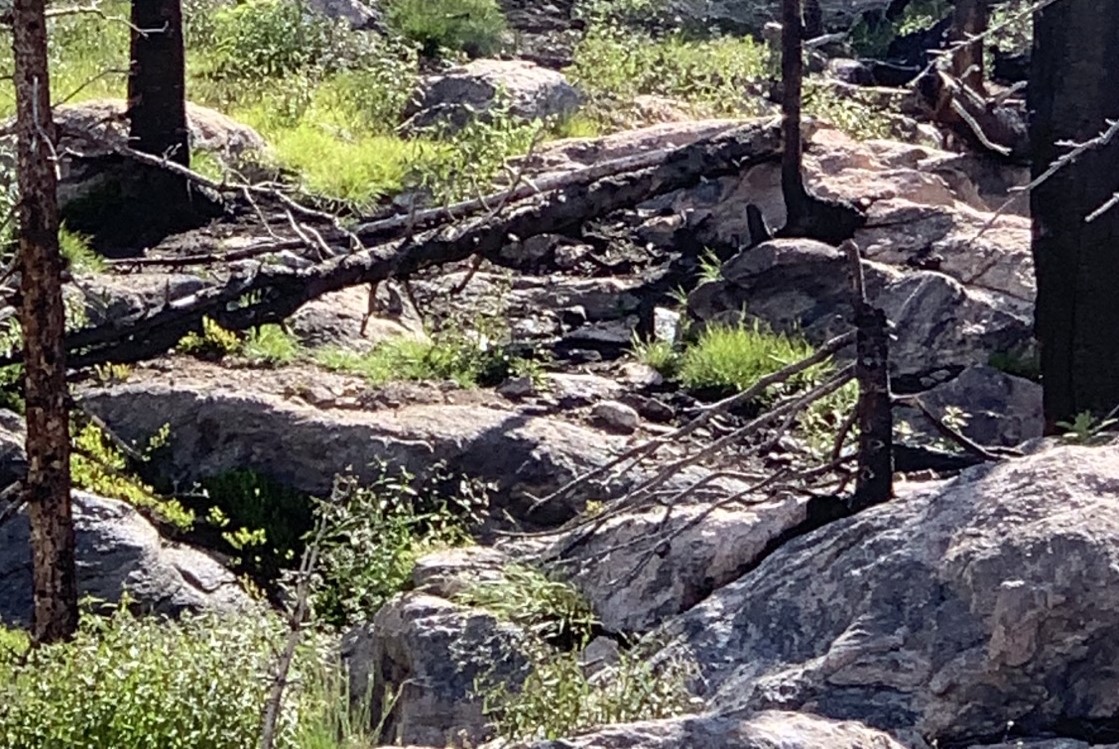Unburned habitat essential for amphibian breeding persistence following wildfire.
https://www.sciencedirect.com/science/article/pii/S2351989424005936
Abstract/Summary
Wildfire regimes are changing rapidly with widespread increase in the intensity, frequency, and duration of fire activity, especially in the western United States. Limited studies explore the impacts of wildfires on aquatic taxa and few focus on lentic habitats that are essential for amphibians, many of which are of conservation concern. We capitalized on existing pre-fire surveys for anuran species and resurveyed a random subset of wetlands across a gradient of soil burn severity to investigate the short-term effects of wildfire on a relict population of wood frogs in the southern Rocky Mountains. We also investigated whether maps created to support rapid post-fire emergency response activities (i.e., USFS BAER program) accurately characterize soil burn severity around small habitat features (i.e., ponds) that serve as important amphibian breeding and rearing habitat. We found that wood frog breeding persistence following fires was strongly influenced by the percentage of their terrestrial habitat (100m buffer surrounding breeding ponds) that was burned. Wood frog colonization probability of previously unoccupied ponds was low (~ 0.10) and unaffected by soil burn severity. Importantly, we found that remotely sensed data typically produced to predict flooding and erosion at broad (catchment) scales is a poor representation of the amount and variation in soil burn severity surrounding small habitat features (e.g., ponds), suggesting that additional field sampling is necessary to understand wildfire responses for species that rely on small habitat features. Understanding short-term geographic- and species-specific variation in response to wildfires provides the basis to explore time to recovery (e.g., when wood frogs return to burned breeding sites) or to determine if declines in breeding distributions intensify over time.
Publication details
| Published Date: | 2025 |
| Outlet/Publisher: | Global Ecology and Conservation, 57, p.e03389. |
| Media Format: |
ARMI Organizational Units:
Rocky Mountains, Southern - BiologyTopics:
DroughtFire
Management
Stressors
Water
Place Names:
WyomingKeywords:
amphibiansfire
wood frog

